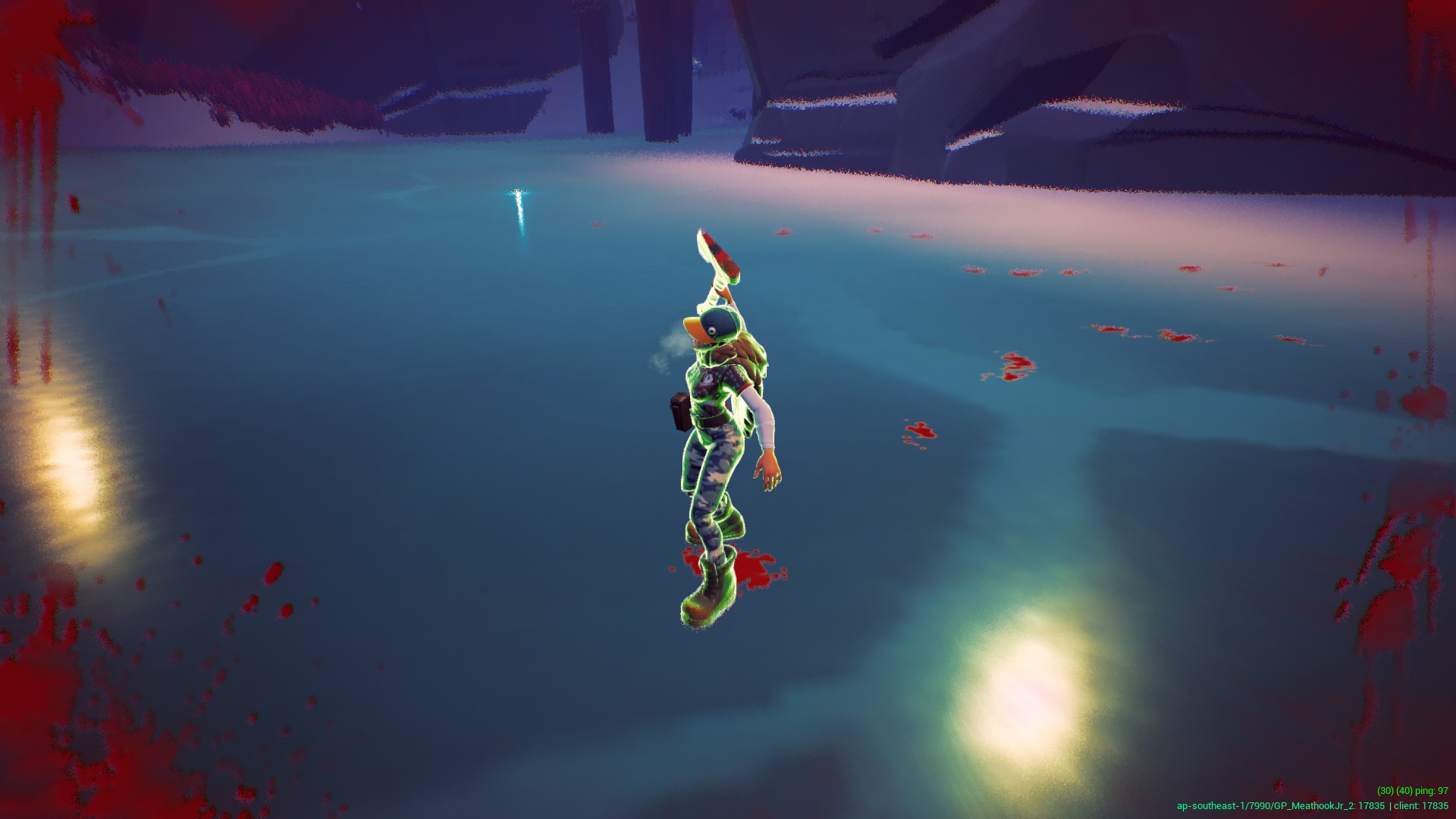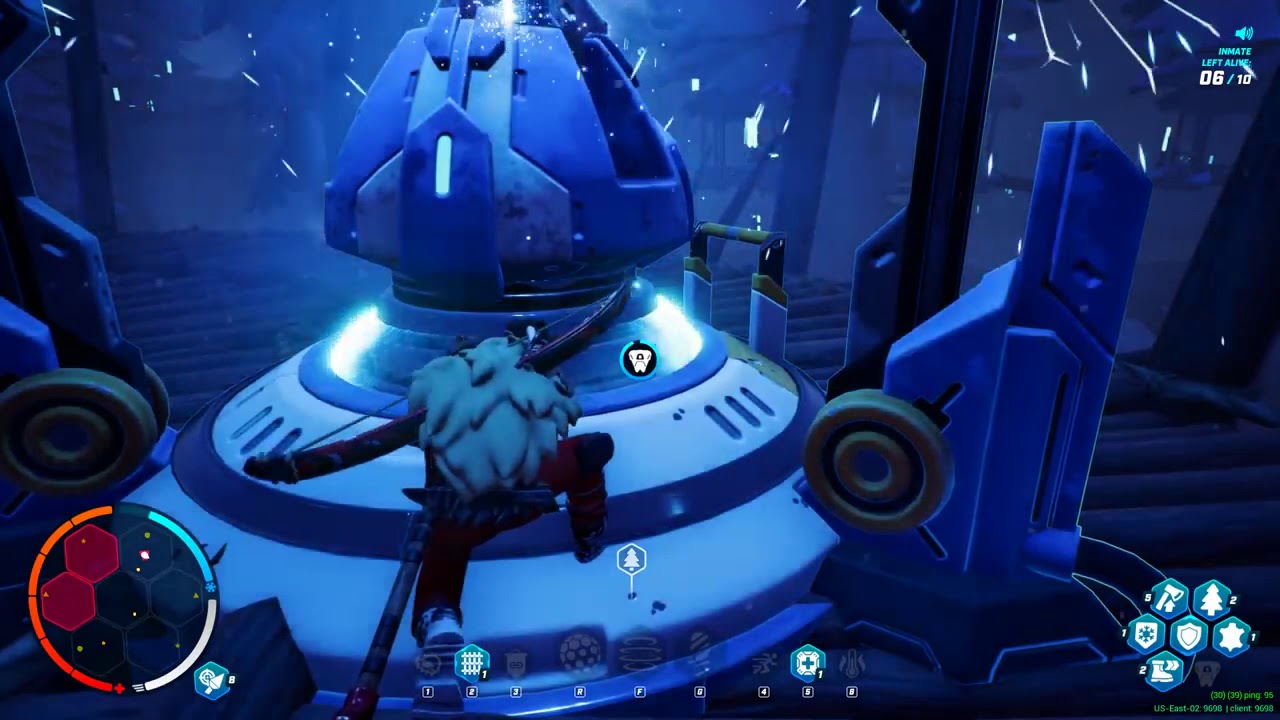

After Hooker's return to England, he was approached by Darwin who invited him to classify the plants that Darwin had collected in South America and the Galápagos Islands. They had met once, before the Antarctic voyage started. While on the Erebus, Hooker had read proofs of Charles Darwin's The Voyage of the Beagle provided by Charles Lyell and had been very impressed by Darwin's skill as a naturalist. an alpine flora, the two latter of widely different origin, and in one sense proper to the Rocky Mountain ranges. a so-called desert and saline flora derived from the west 3. a prairie flora derived from the eastward 2. His views on the flora of Colorado and Utah: There are two temperate, and two cold or mountain floras, viz: 1. beds are remarkably clean and good, but the pillows are too soft." The Americans are great and promiscuous eaters. "The New Englanders are most like us in language, speech and habits.Of Georgetown: the "finger-tip of civilisation" where "the people sleep without locks to their doors, the fire-engines are well-manned and in capital order, and there is no end of food".The new religion did not meet with Hooker's approval: "All the school children are brought up to believe in him, and in a lot of scripture history as useless and idle as that taught in our schools." Hooker met and talked to Brigham Young, whom he described as respectable and well-spoken.Some idea of the delights he encountered (trivia from his journal & letters): "A difficult question was why in the great mountain chains of the Western United States there appeared to be only a few botanical enclaves of plants of eastern-Asiatic affinities among plants of Mexican and more southern types." Hooker was back in Kew with 1,000 dried specimens by October. This was undertaken with his friend Asa Gray, the leading American botanist of the day. Hooker visited Morocco from April to June 1871, in the company of John Ball, George Maw and a young gardener from Kew, called Crump. Hooker recognised three phytogeograpical divisions: Western Syria and Palestine Eastern Syria and Palestine Middle and Upper mountain regions of Syria. They visited and collected in Syria and Palestine no full-length report was published, but a number of papers were written. This trip was taken in the autumn of 1860, with Daniel Hanbury. Hooker's survey of hitherto unexplored regions, the Himalayan Journals was published in 1854.

Hooker returned to Darjeeling where he spent January and February 1850 writing his journals, replacing specimens lost during his detention and planning a journey for his last year in India. A British team was sent to negotiate: they were released without bloodshed. In April 1849 he started on a longer expedition into Sikkim, but he was imprisoned by the Dewan of Sikkim when they were travelling towards Tibet. They travelled north west along Nepal's passes into Tibet. Hooker and a sizable party of local assistants departed for eastern Nepal on 27 October 1848. Hooker wrote to Darwin relaying to him the habits of animals in India, and collected plants in Bengal. Hooker's expedition was based in Darjeeling. On 11 November 1847 Hooker left England for his three year long Himalayan expedition he would be the first European to collect plants in the Himalayas. Tibet, looking North West from Himalayan Journals. The ships arrived back in England on 4 September 1843 the voyage had been a success for Ross as it was the first to confirm the existence of the southern continent and chart much of its coastline. After spending 138 days at sea, and a collision between the Erebus and Terror, they sailed to the Falkland Islands, to Tierra del Fuego, back to the Falklands and onward to their third sortie into the Antarctic. They left New Zealand to return to Antarctica. Hooker made plant collections at each location and while travelling drew these and specimens of algae and sea life pulled aboard using tow nets.Īfter spending 5 months in the Antarctic they returned to resupply in Hobart, then went on to Sydney, and New Zealand. The ships travelled all over the southern oceans from South America to Australia and New Zealand. He sailed on the Erebus and was assistant to the ship's surgeon, who was instructed to collect zoological and geological specimens. Hooker was the youngest of the 128 man crew. The expedition consisted of two ships, HMS Erebus and HMS Terror it was the last major voyage of exploration made entirely under sail.


 0 kommentar(er)
0 kommentar(er)
